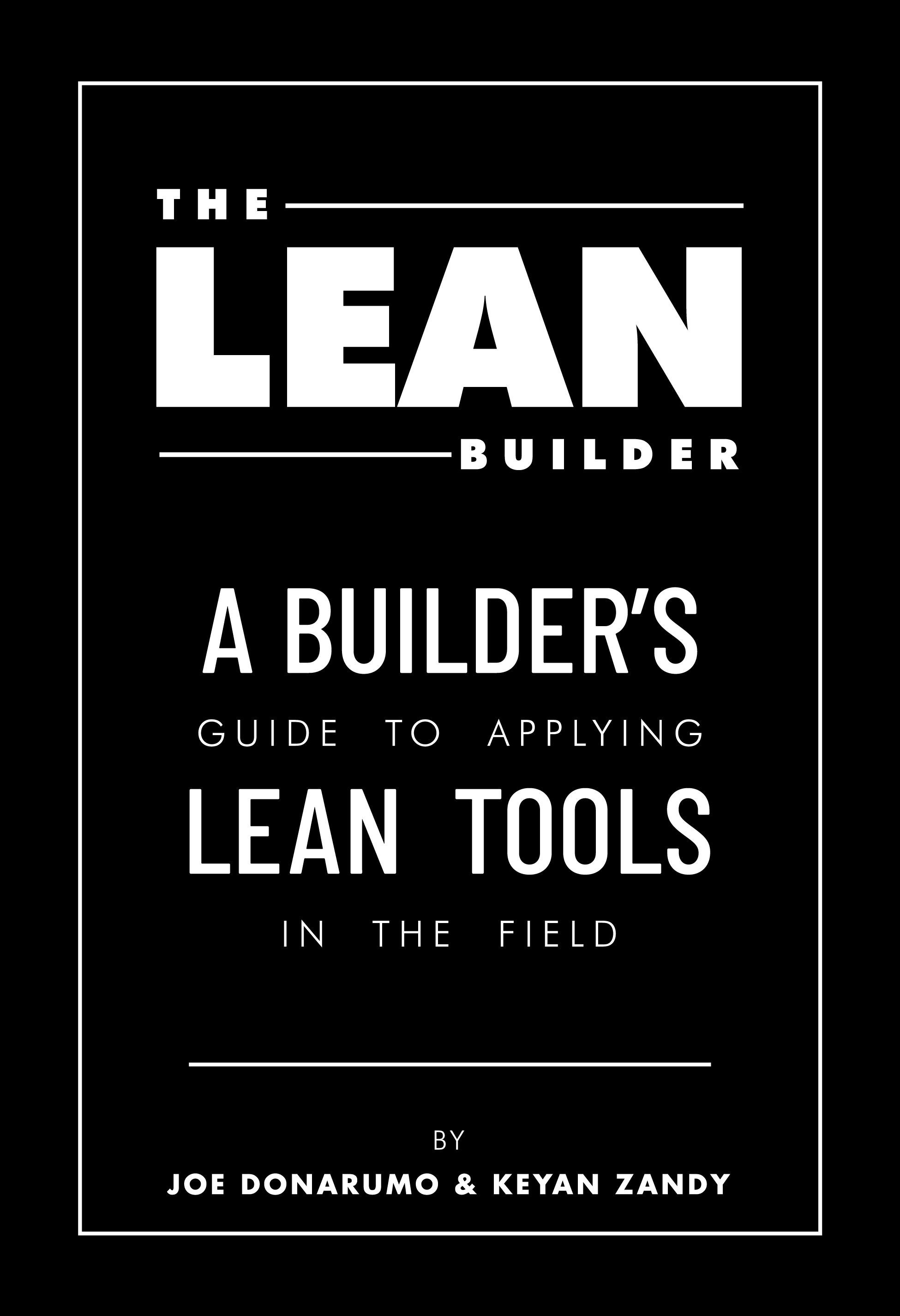
*Click the image for greater detail
The National Institute of Standards and Technology’s Community Resilience program is developing a range of resources for communities to use in resilience planning efforts.
The project’s goal is to provide metrics and integrated models of various systems at the community scale to aid in decision-making about buildings and structures that need to be kept functional following a public emergency, says Theresa McAllister, community resilience group leader and program manager at NIST.
“We’ve been working on developing metrics, how to measure the concept of resilience, and models…[to serve] as a rapid planning tool to help communities expand their thinking about what their options are.”
NIST’s tools help quantify what success means when talking about resilience, she says. They will help communities make decisions about the broader outcomes that they want, looking at entire systems rather than individual structures.
The latest outcome of the group’s efforts is an ASTM International standard guide published this fall, which was based on much of NIST’s research, McAllister says. It provides a framework for communities to assess desired versus anticipated performance of community buildings and infrastructure after a public emergency and then to devise ways to narrow the gap.
The guide also helps communities collectively prioritize solutions that are specific to their goals. One community might prioritize keeping schools open and running, while another might be more focused on their health care system, she says.
Justin Kates, former director of emergency management for Nashua, N.H., says the NIST guide was a useful reference. A hazard mitigation and resilience plan developed with the guide eventually fed into the city’s master plan. “Throughout the entire master-planning process, resilience was incorporated as a key principle,” he says.








